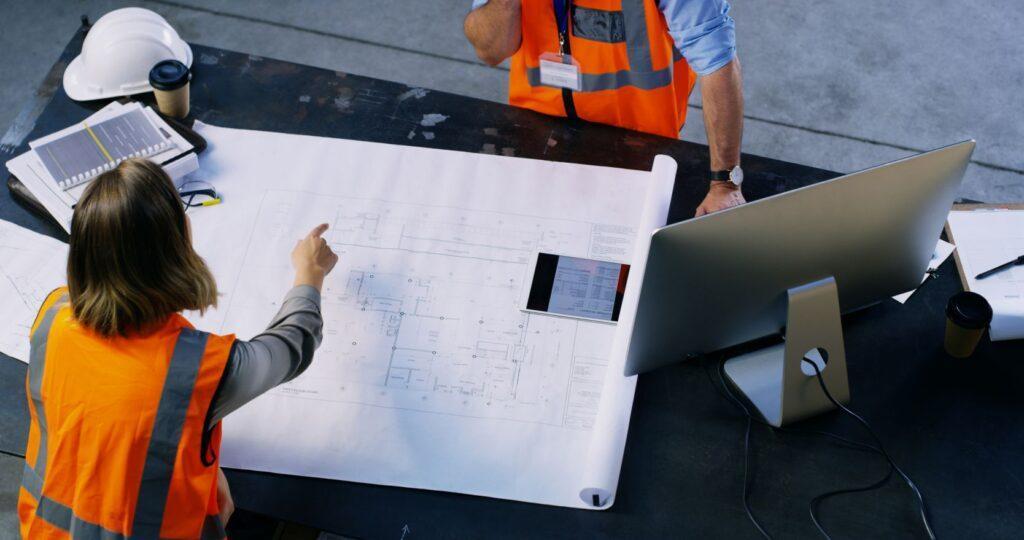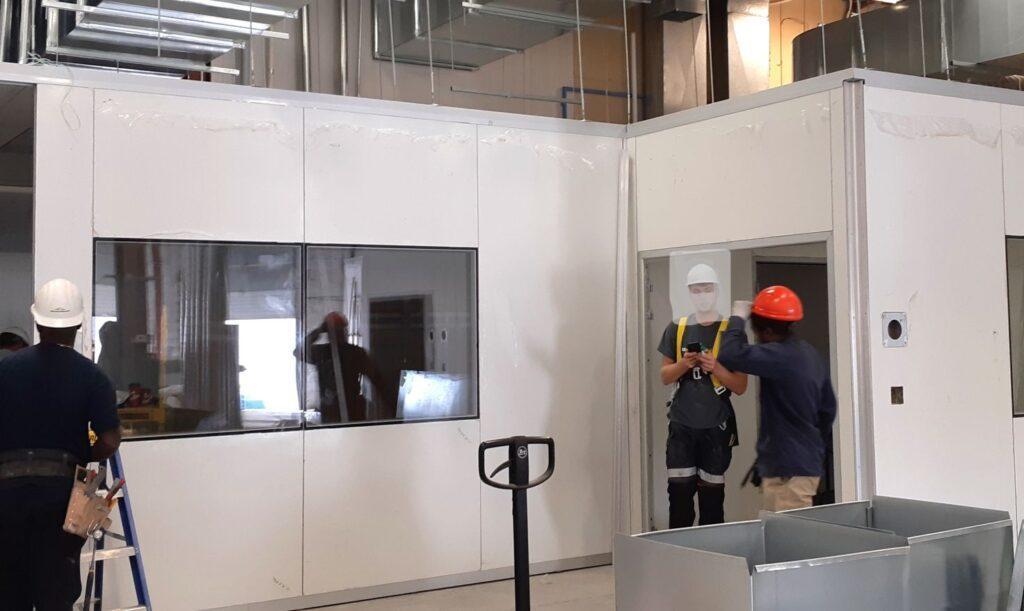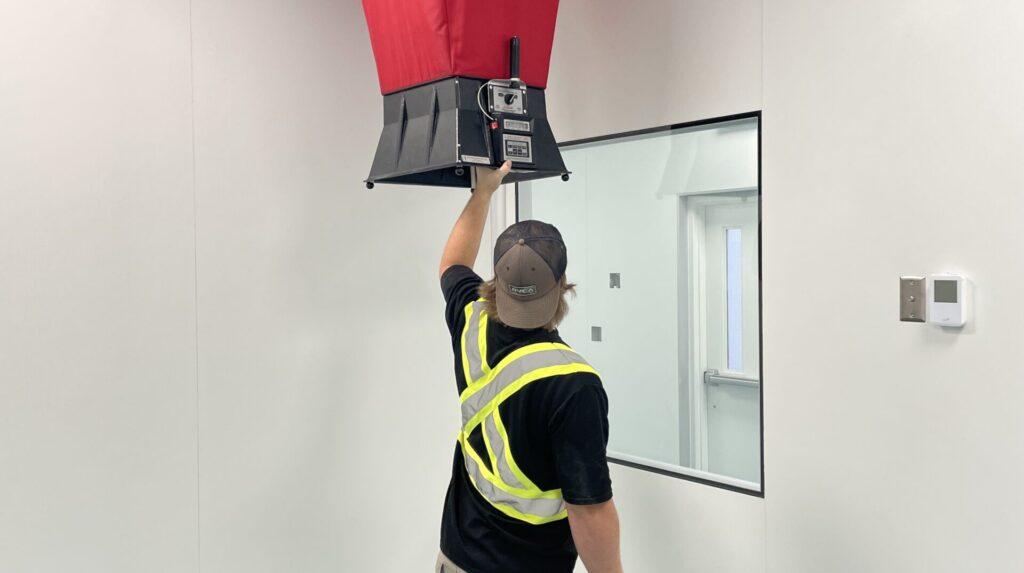How Cleanrooms Are Designed and Constructed for Biotech Applications

The world of biotechnology is rapidly evolving, with groundbreaking discoveries and advancements happening every day. However, many of these breakthroughs would not be possible without one critical component: cleanrooms. These specially designed environments play a pivotal role in maintaining the integrity of biotech research and manufacturing processes. In this blog post, we’ll take you behind the scenes to explore how cleanrooms are designed and constructed for biotech applications.
Understanding Cleanrooms
Cleanrooms are controlled environments where the concentration of airborne particles, temperature, humidity, and other environmental factors are tightly regulated. These controlled conditions are essential for biotech applications, such as pharmaceutical manufacturing, genetic research, and semiconductor production, where even the tiniest of contaminants can lead to costly setbacks or compromised results.

The Design Phase
Cleanroom design is a meticulous process that begins with understanding the specific requirements of the biotech application. Here are some key aspects considered during the design phase:
- Classification: Cleanrooms are classified based on their level of cleanliness, often following ISO standards. The classification determines the allowable particle count per cubic meter of air and influences design choices.
- Layout: The layout of the cleanroom is carefully planned to ensure optimal workflow and minimize the risk of cross-contamination. This includes the positioning of equipment, workstations, and personnel flow.
- Airflow and Filtration: Proper airflow patterns are crucial to keep contaminants away from critical processes. High-efficiency particulate air (HEPA) filters and other filtration systems are strategically placed to maintain cleanliness.
- Materials: The selection of materials is critical for both cleanliness and durability. Walls, floors, and ceilings must be made of materials that are easy to clean and do not shed particles.
- Utilities: Cleanrooms require specialized utilities like purified water, HVAC systems, and gas lines. These must be integrated seamlessly into the design to meet the specific needs of the application.

The Construction Phase
Once the design phase is complete, construction can begin. Cleanroom construction is highly specialized and follows strict protocols:
- Controlled Environment: The construction area itself is maintained as a clean environment. Workers wear appropriate garments, and tools and materials are cleaned to prevent contamination.
- Walls and Ceilings: The walls and ceilings are typically made of non-porous materials with smooth surfaces to minimize particle shedding. Seams and joints are sealed to eliminate potential harborage points for contaminants.
- Flooring: Flooring is often made of epoxy or other seamless materials, which are easy to clean and resistant to chemical damage.
- HVAC Systems: High-performance HVAC systems are installed to maintain temperature, humidity, and airflow control. HEPA filters and air handlers are placed strategically to ensure clean air distribution.
- Monitoring Systems: Cleanrooms are equipped with sophisticated monitoring systems that continuously assess environmental conditions and particle counts. Alarms are triggered if conditions deviate from acceptable levels.

Validation and Certification
Before a cleanroom is put into operation, it undergoes extensive validation and certification processes. This involves testing air quality, particle counts, and verifying that all systems function as intended. Only when the cleanroom meets the specified standards is it deemed ready for use in biotech applications.
Cleanrooms are the unsung heroes of the biotech industry, enabling breakthroughs in research and manufacturing that have far-reaching impacts on human health and technology. The meticulous design and construction processes ensure that these environments meet the stringent requirements of biotech applications. As the biotech field continues to advance, cleanrooms will remain an essential behind-the-scenes player, ensuring the purity and integrity of scientific endeavors.

Ready to embark on your journey towards a cutting-edge modular cleanroom for your biotech facility?
Look no further! Don’t wait any longer to turn your vision into reality! Reach out to us today to schedule a consultation and kickstart the process of creating the ideal modular cleanroom tailored to your unique requirements. We’re here to simplify the complexities and ensure your cleanroom project is an unequivocal success. Your path to a clean and controlled environment is just a message away – take the first step now!
Contact us today and let’s make your cleanroom dreams come true.
GET IN TOUCH
Complete the form below to get in touch with our team.
